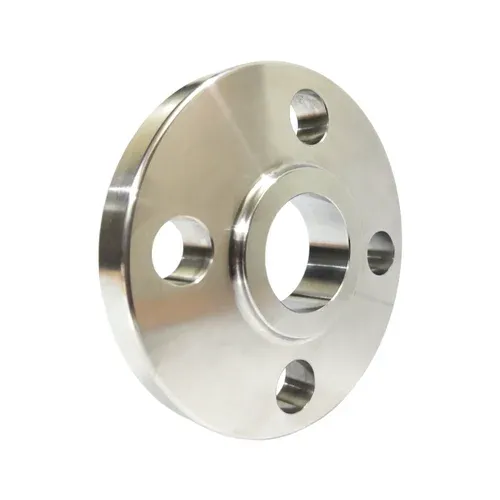-
Cangzhou Yulong Steel Co., Ltd.
-
Phone:
+86 13303177267 -
Email:
admin@ylsteelfittings.com
- English
- Arabic
- Italian
- Spanish
- Portuguese
- German
- kazakh
- Persian
- Greek
- French
- Russian
- Polish
- Thai
- Indonesian
- Vietnamese
- Zulu
- Korean
- Uzbek
- Hindi
- Serbian
- Malay
- Ukrainian
- Gujarati
- Haitian Creole
- hausa
- hawaiian
- Hebrew
- Miao
- Hungarian
- Icelandic
- igbo
- irish
- Japanese
- Javanese
- Kannada
- Khmer
- Rwandese
- Afrikaans
- Albanian
- Amharic
- Armenian
- Azerbaijani
- Basque
- Belarusian
- Bengali
- Bosnian
- Bulgarian
- Catalan
- Cebuano
- China
- China (Taiwan)
- Corsican
- Croatian
- Czech
- Danish
- Esperanto
- Estonian
- Finnish
- Frisian
- Galician
- Georgian
- Kurdish
- Kyrgyz
- Lao
- Latin
- Latvian
- Lithuanian
- Luxembourgish
- Macedonian
- Malgashi
- Malayalam
- Maltese
- Maori
- Marathi
- Mongolian
- Myanmar
- Nepali
- Norwegian
- Norwegian
- Occitan
- Pashto
- Dutch
- Punjabi
- Romanian
- Samoan
- Scottish Gaelic
- Sesotho
- Shona
- Sindhi
- Sinhala
- Slovak
- Slovenian
- Somali
- Sundanese
- Swahili
- Swedish
- Tagalog
- Tajik
- Tamil
- Tatar
- Telugu
- Turkish
- Turkmen
- Urdu
- Uighur
- Welsh
- Bantu
- Yiddish
- Yoruba

Nov . 22, 2024 17:41 Back to list
seamless steel tube sizes
Understanding Seamless Steel Tube Sizes
Seamless steel tubes are an essential component in various industrial applications, from construction and automotive industries to oil and gas exploration. The significance of these tubes lies not only in their material properties but also in their sizing specification, which plays a vital role in their functionality and suitability for particular tasks. This article will delve into the standard sizes of seamless steel tubes, their applications, and factors to consider when determining the appropriate size for specific requirements.
What Are Seamless Steel Tubes?
Seamless steel tubes are produced without welding or joints. This manufacturing process involves heating a solid round steel billet and piercing it to create a tubular shape. The absence of welds gives these tubes enhanced strength and durability, making them ideal for high-pressure applications. They are often preferred over welded tubes in industries where integrity and performance are non-negotiable.
Standard Sizes of Seamless Steel Tubes
Seamless steel tubes are categorized into various sizes based on their diameter, wall thickness, and length. The American Society for Testing and Materials (ASTM) sets some of the standards that dictate these sizes. The most commonly referred standards for seamless tubes include ASTM A106, ASTM A53, and ASTM A312.
1. Diameter The outer diameter (OD) of seamless steel tubes can range from a few millimeters to several hundred millimeters. Common sizes include - Small Diameter 6 mm to 12 mm - Medium Diameter 12 mm to 50 mm - Large Diameter 50 mm and above up to 300 mm or more in specialized applications.
2. Wall Thickness Wall thickness is crucial, particularly in applications subjected to high pressure. Thickness can typically range from 0.5 mm to over 20 mm, depending on the diameter and intended use.
3. Length Seamless steel tubes are available in standard lengths, such as 6 meters, but can be customized according to project demands. It's essential to consider both logistic aspects and handling requirements when selecting the appropriate length.
Applications of Seamless Steel Tubes
seamless steel tube sizes

The sizing of seamless steel tubes is critical in various applications. In the oil and gas industry, for instance, these tubes are used as drill pipes, casing pipes, and for transporting fluids under high pressure. In the construction sector, they serve as structural supports in buildings and bridges. Additionally, seamless tubes are prevalent in the automotive industry for manufacturing vehicle components that must withstand high levels of stress.
Factors to Consider When Choosing Sizes
Selecting the correct size of seamless steel tubes involves a few key considerations
- Pressure and Temperature High-pressure applications require thicker walls and robust materials to ensure safety and functionality. Likewise, the operational temperature ranges significantly influence the material selection.
- Medium Being Transported If the tubes are used to transport chemicals or corrosive substances, specific material grades that offer higher corrosion resistance should be chosen.
- Regulatory Standards Compliance with industry standards and regulations is crucial when selecting the size and material of seamless steel tubes.
- Weight and Handling Consideration should be given to the weight of the tubes, especially for larger diameters, as this impacts transport and installation processes.
Conclusion
In conclusion, seamless steel tube sizes are versatile and critical to the performance in various applications. Understanding the specifications and considerations behind tube sizing is essential for engineers and project managers to ensure safety, efficiency, and reliability in their operations. As industries evolve, so too will the requirements for seamless steel tubes, underscoring the importance of staying informed about advancements in materials and manufacturing processes.
Latest news
-
ANSI 150P SS304 SO FLANGE
NewsFeb.14,2025
-
ASTM A333GR6 STEEL PIPE
NewsJan.20,2025
-
ANSI B16.5 WELDING NECK FLANGE
NewsJan.15,2026
-
ANSI B16.5 SLIP-ON FLANGE
NewsApr.19,2024
-
SABS 1123 FLANGE
NewsJan.15,2025
-
DIN86044 PLATE FLANGE
NewsApr.19,2024
-
DIN2527 BLIND FLANGE
NewsApr.12,2024
-
JIS B2311 Butt-Welding Fittings LR/SR 45°/90° /180°Seamless/Weld
NewsApr.23,2024











